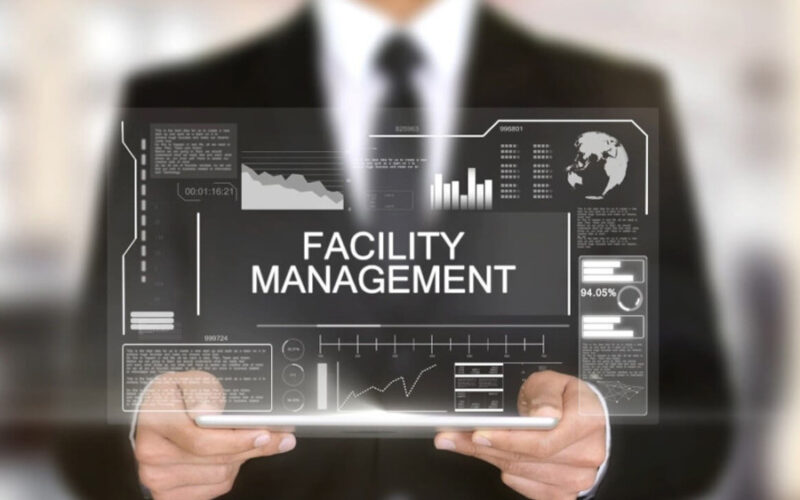Disasters can strike without warning, posing significant risks to businesses, employees, and physical assets. Effective disaster preparedness and recovery planning are critical components of facilities management (fm), ensuring that organizations can quickly respond to and recover from disruptive events. This blog post explores the crucial role of facilities management in disaster preparedness and recovery, highlighting often-overlooked aspects and supported by relevant statistics.
The importance of disaster preparedness and recovery in facilities management
Disaster preparedness and recovery encompass planning and procedures that minimize the impact of unexpected events such as natural disasters, fires, power outages, and security breaches. Facilities managers are responsible for ensuring that buildings and systems are resilient, safeguarding occupants, and enabling rapid recovery.
Key benefits of effective disaster preparedness and recovery:
- Minimized downtime: quick recovery reduces business interruption.
- Enhanced safety: protects employees and visitors from harm.
- Reduced costs: prevents costly damage and repairs.
- Regulatory compliance: meets legal and insurance requirements.
- Business continuity: ensures ongoing operations and customer service.
Stat insight:
According to fema, 40-60% of small businesses never reopen after a disaster, highlighting the critical need for effective disaster preparedness and recovery plans.
Developing a comprehensive disaster preparedness plan
1. Risk assessment and analysis:
The first step in disaster preparedness is identifying potential risks and assessing their impact on the facility and operations. This includes natural disasters, technological failures, and human-caused events.
Implementation tip:
Conduct a thorough risk assessment, identifying vulnerabilities and critical assets. Use tools like fema’s hazus software for hazard analysis and loss estimation.
2. Emergency response planning:
Develop a detailed emergency response plan that outlines procedures for various disaster scenarios. This plan should include evacuation routes, communication protocols, and roles and responsibilities.
Implementation tip:
Create a clear, step-by-step emergency response guide and ensure it is accessible to all employees. Conduct regular drills and training sessions to keep everyone prepared.
3. Communication strategies:
Effective communication is crucial during a disaster. Establish communication protocols that ensure timely and accurate information is shared with employees, emergency responders, and stakeholders.
Implementation tip:
Implement a mass notification system that can send alerts via multiple channels (email, sms, phone). Regularly update contact lists and communication plans.
4. Resource management:
Ensure that necessary resources, such as emergency supplies, equipment, and personnel, are readily available. This includes first aid kits, backup power sources, and critical documents.
Implementation tip:
Create an inventory of emergency supplies and regularly check and replenish them. Establish contracts with vendors for rapid supply of essential items during an emergency.
5. Data protection and it continuity:
Protecting data and maintaining it operations are crucial for business continuity. Develop a plan to safeguard digital assets and ensure quick recovery of it systems.
Implementation tip:
Implement regular data backups and store copies offsite or in the cloud. Develop a disaster recovery plan for it systems, including procedures for data restoration and system recovery.
Stat insight:
The national archives and records administration reports that 93% of companies that lose their data center for 10 days or more due to a disaster file for bankruptcy within one year.
The role of facilities management in disaster recovery
1. Damage assessment and documentation:
Immediately after a disaster, facilities managers must assess the extent of damage and document it thoroughly. This information is critical for insurance claims and recovery planning.
Implementation tip:
Use digital tools and software to document damage with photos and detailed descriptions. Develop a checklist for conducting post-disaster assessments.
2. Coordination with emergency services:
Facilities managers play a key role in coordinating with emergency services, including fire departments, medical responders, and law enforcement. Clear communication and cooperation are essential.
Implementation tip:
Establish relationships with local emergency services and include their contact information in your emergency response plan. Conduct joint drills and training sessions to ensure seamless collaboration.
3. Prioritizing repairs and restoration:
Develop a prioritized plan for repairs and restoration, focusing on critical systems and areas that directly impact business operations. Efficient prioritization ensures a faster return to normalcy.
Implementation tip:
Create a restoration timeline that outlines the order of repairs and resource allocation. Use project management tools to track progress and ensure timely completion.
4. Employee support and communication:
Supporting employees during recovery is crucial for maintaining morale and productivity. Provide clear communication, emotional support, and resources to help them cope with the aftermath.
Implementation tip:
Establish a dedicated team to handle employee communication and support. Offer counseling services and flexible work arrangements if needed.
5. Reviewing and updating plans:
After recovery, review the disaster response and recovery processes to identify strengths and areas for improvement. Update the disaster preparedness and recovery plans accordingly.
Implementation tip:
Conduct a post-disaster debriefing with all stakeholders to gather feedback and insights. Use this information to enhance future preparedness and recovery strategies.
Stat insight:
According to the business continuity institute, 73% of businesses that conduct regular reviews and updates to their disaster recovery plans report higher resilience to disruptive events.
Lesser-known aspects of disaster preparedness and recovery
1. Psychological preparedness:
Disasters can have significant psychological impacts on employees. Addressing mental health is a crucial but often overlooked aspect of disaster preparedness and recovery.
Implementation tip:
Incorporate mental health resources and support into your disaster preparedness plan. Provide training for managers on recognizing and addressing stress and trauma.
2. Sustainability and resilience:
Incorporating sustainable practices into disaster preparedness can enhance resilience. This includes using sustainable materials, renewable energy, and green building practices.
Implementation tip:
Design buildings and infrastructure with sustainability and resilience in mind. Implement energy-efficient systems and renewable energy sources to reduce dependence on external power supplies.
3. Community engagement:
Engaging with the local community can enhance disaster preparedness and recovery efforts. Collaboration with neighboring businesses and community organizations can provide additional resources and support.
Implementation tip:
Participate in community disaster preparedness programs and establish partnerships with local organizations. Share resources and information to build a resilient community network.
Conclusion
Facilities management plays a critical role in disaster preparedness and recovery, ensuring that organizations can quickly respond to and recover from disruptive events. By developing comprehensive disaster preparedness plans, conducting regular training and drills, and implementing robust recovery strategies, facilities managers can minimize the impact of disasters and ensure business continuity.
Beyond the common practices, addressing psychological preparedness, incorporating sustainability, and engaging with the community can further enhance resilience. Embrace these strategies to create a safer, more resilient organization that can withstand and recover from any disaster.

